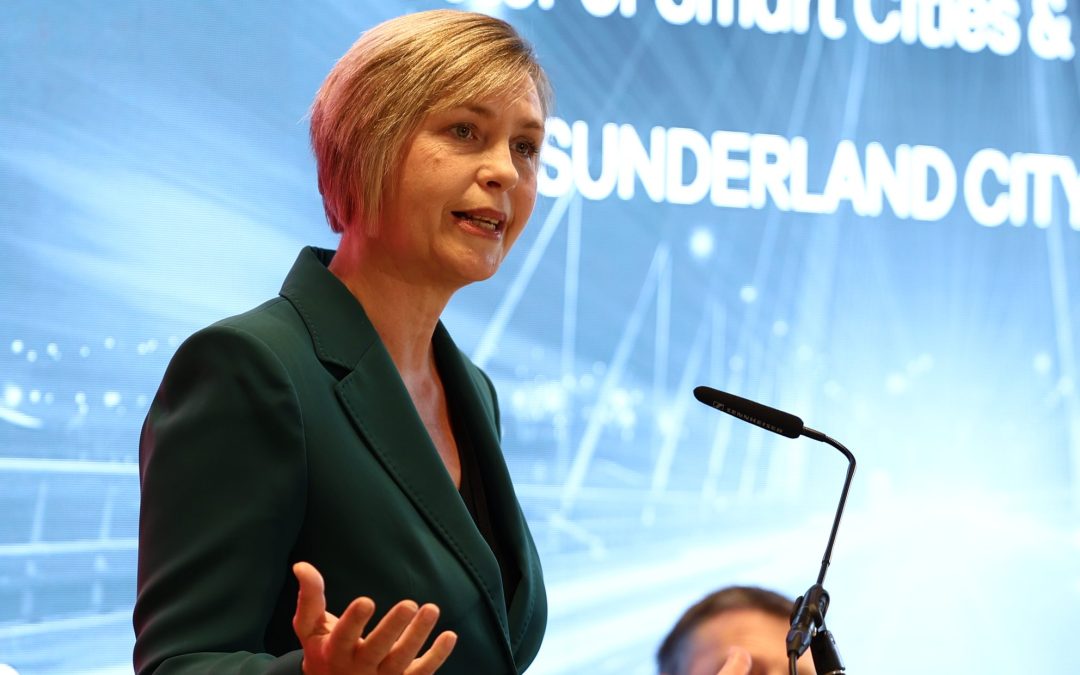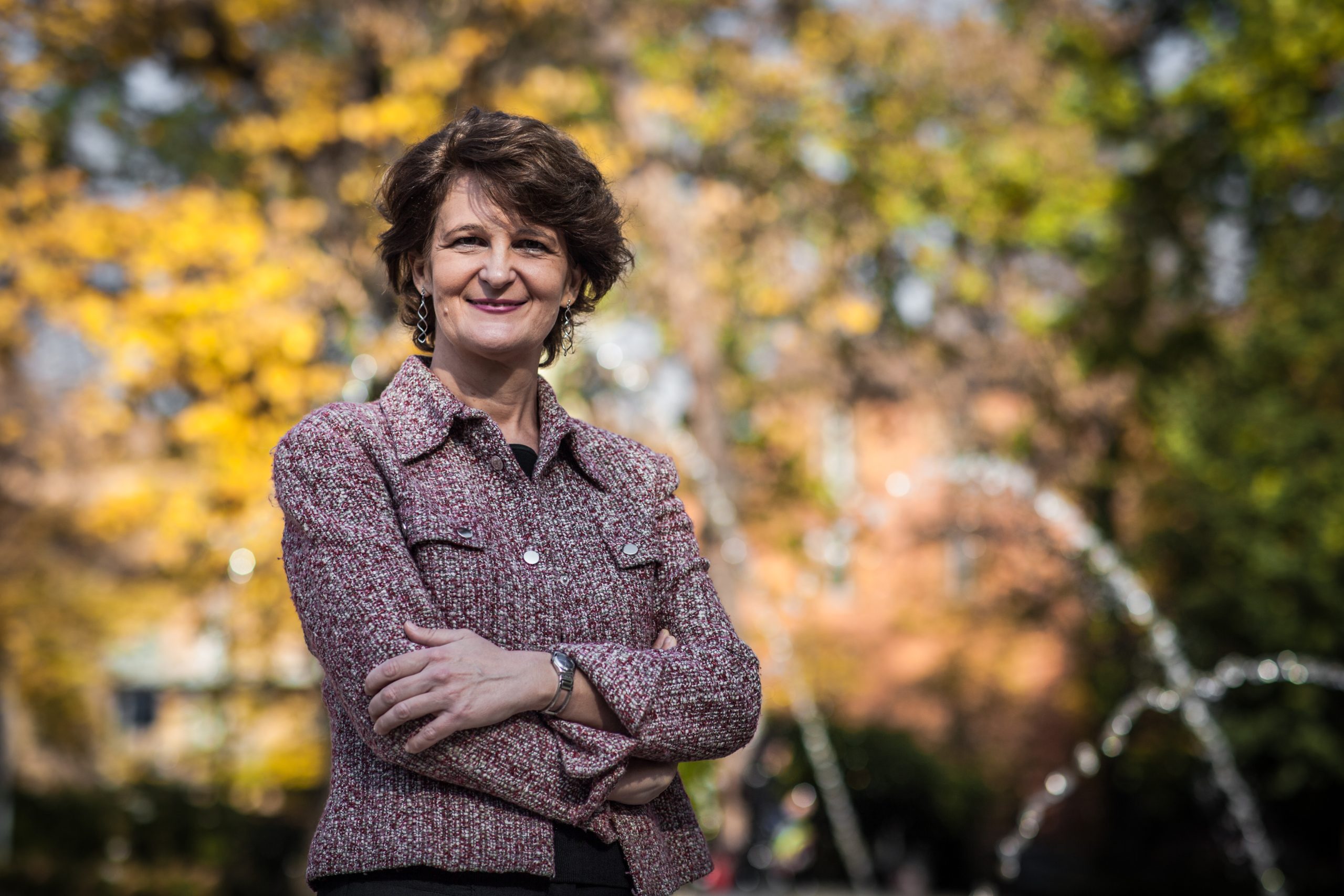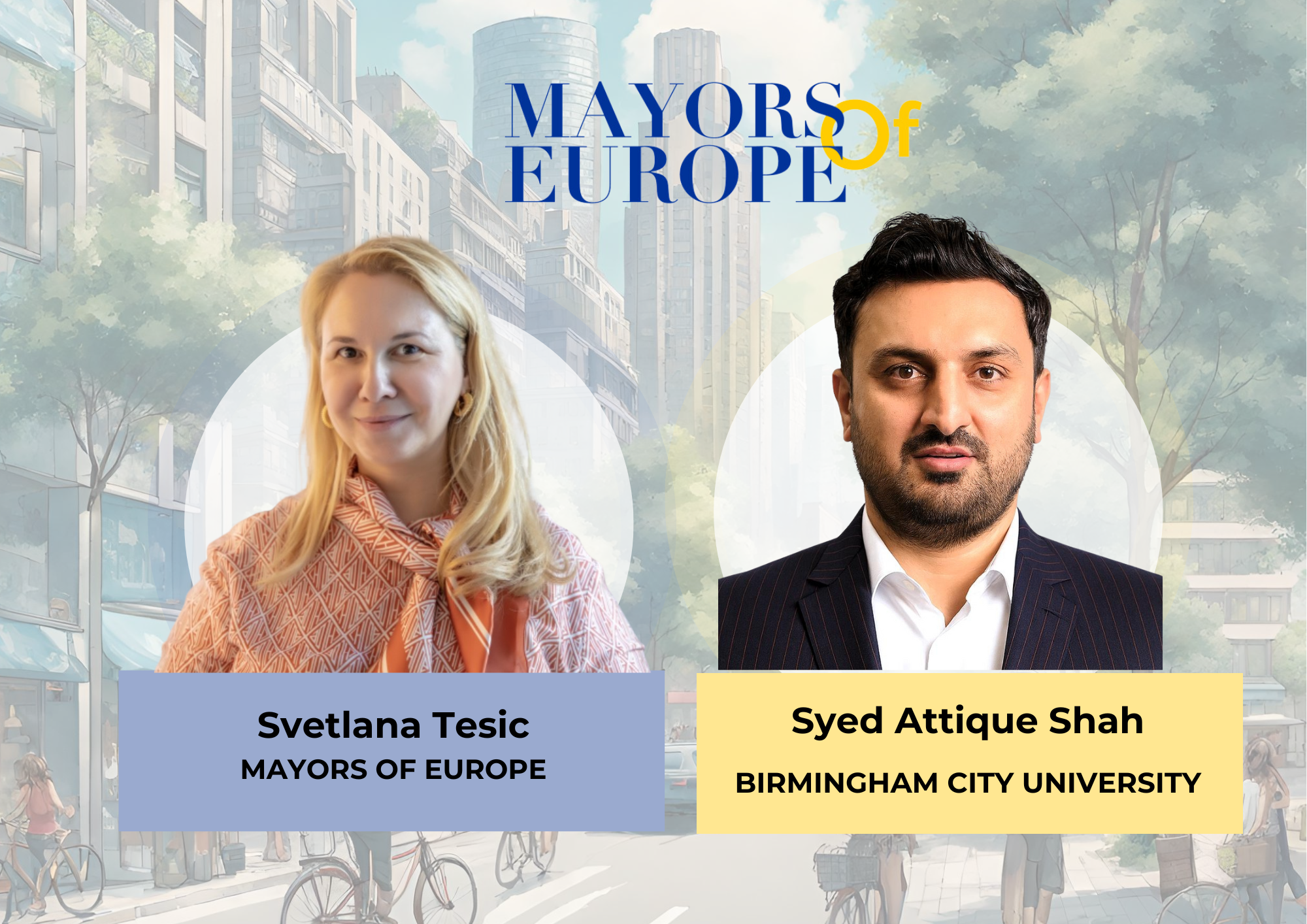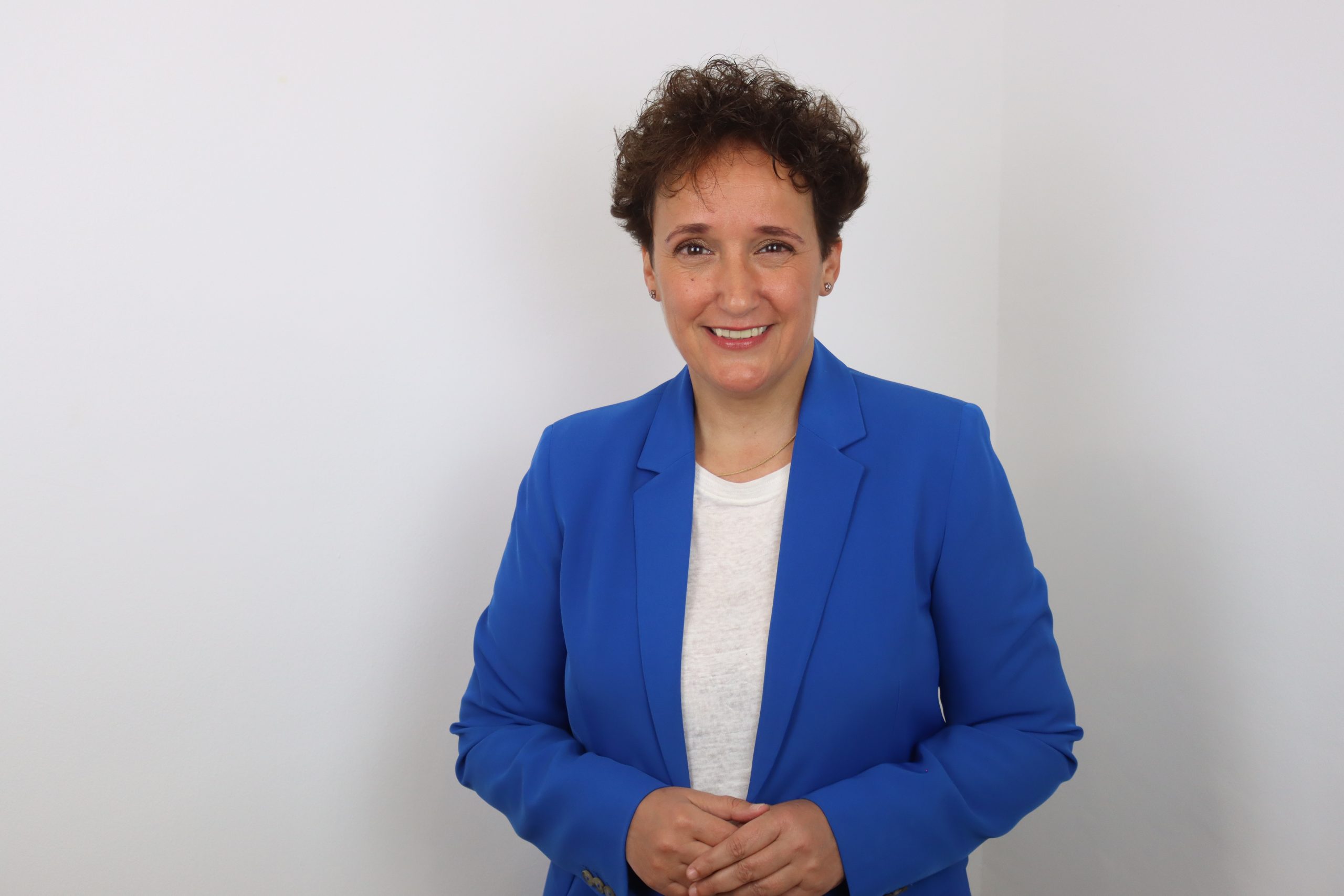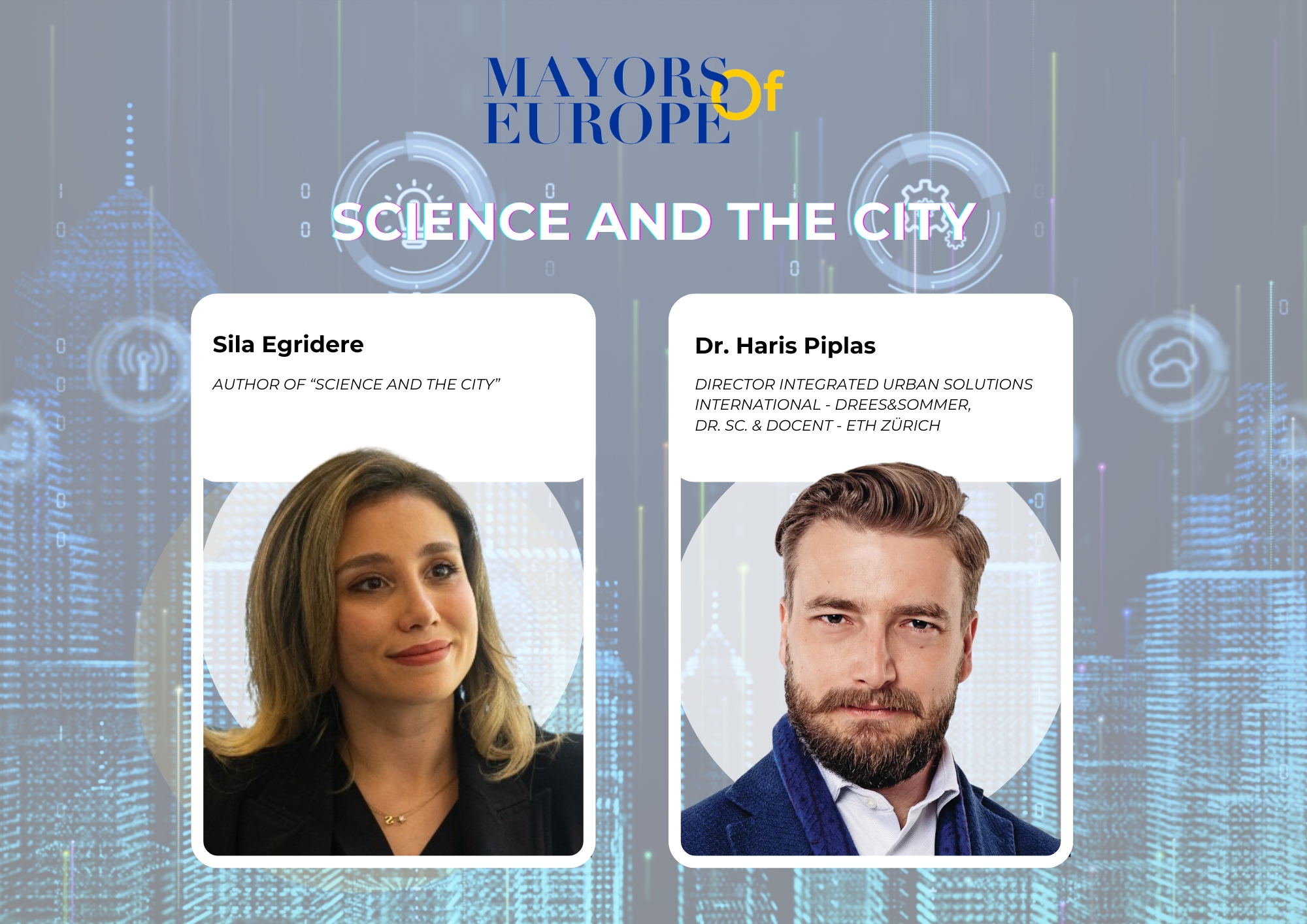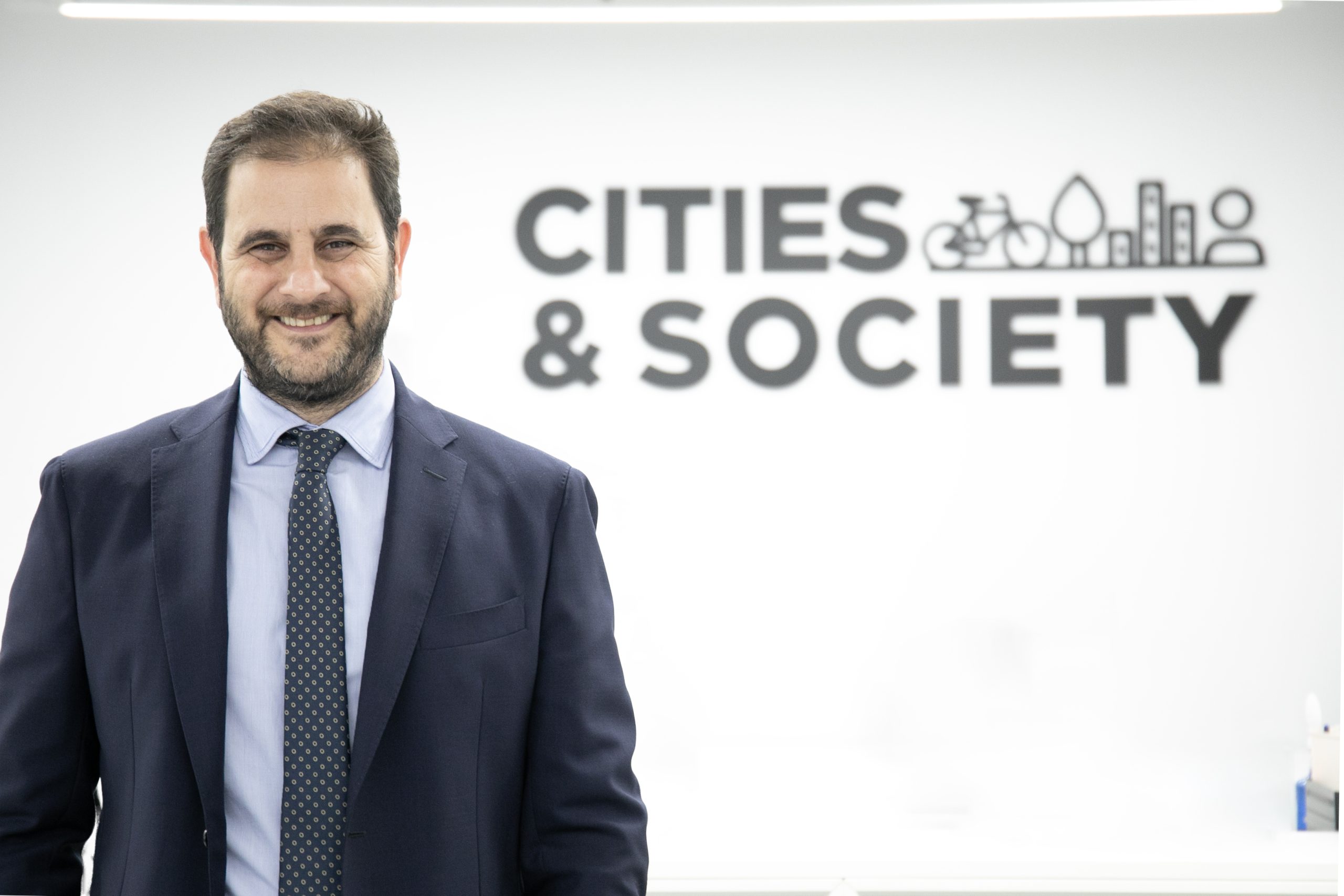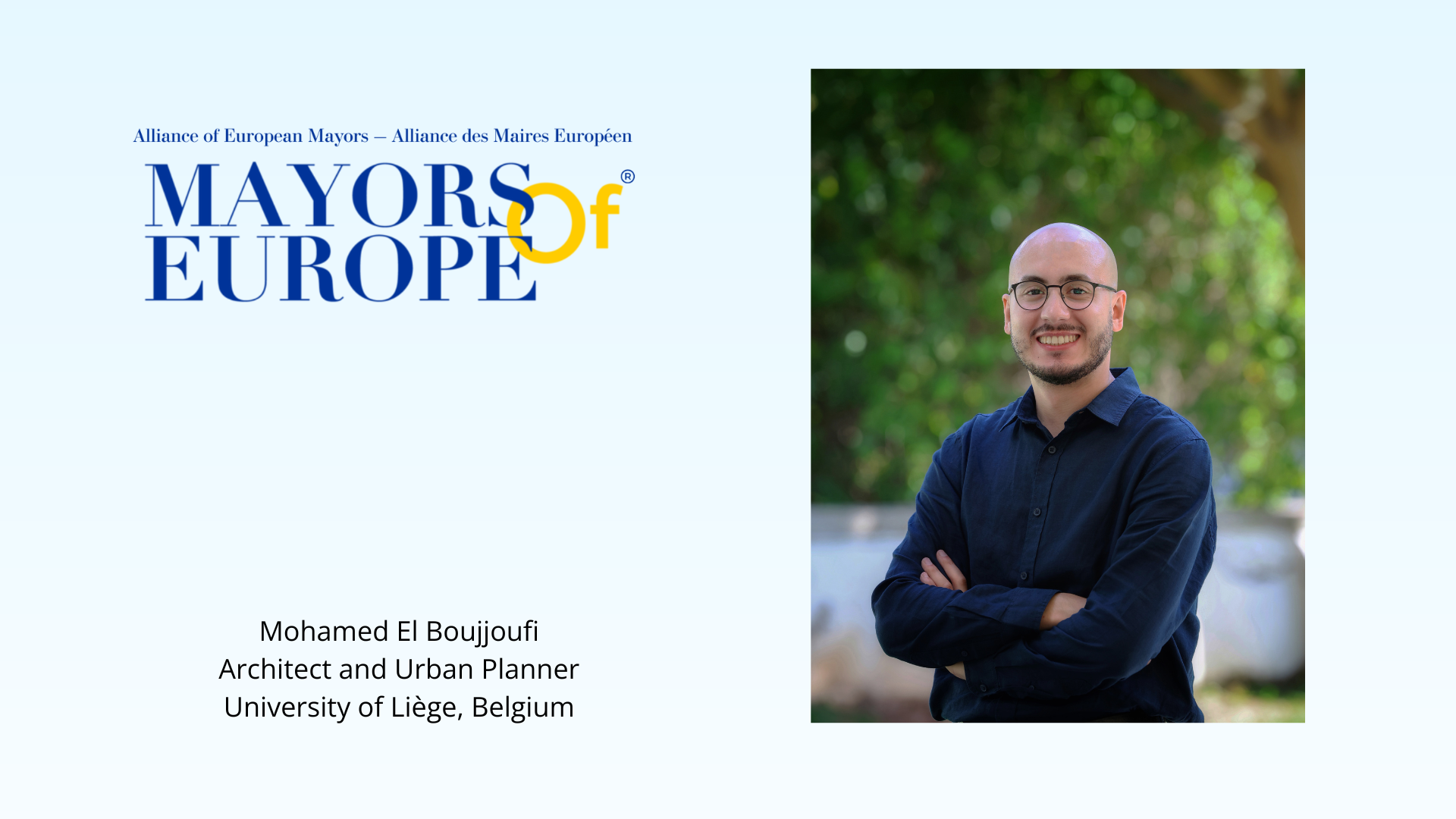The city of Sunderland in England – Small Enough to be Agile, Big Enough to Matter
How would you describe Sunderland’s overarching vision as a smart city? What makes it distinctive?
At the heart of Sunderland’s smart city vision is a commitment to creating a connected, inclusive and sustainable city where no one and nowhere is left behind. Our approach is rooted in using technology and data as enablers, not as ends in themselves. What makes Sunderland distinctive is our tireless focus on people-first innovation. We want smart infrastructure and digital and data capabilities to serve our residents, our businesses and those that visit our city.
What also sets us apart is our unwavering ambition, coupled with our strategic partnerships. We are proud to collaborate with global leaders such as Boldyn Networks and Microsoft, which gives Sunderland the kind of innovation platform and investment capacity that many cities aspire to. These partnerships are fundamental in helping us scale solutions, drive cross-sector innovation, support smaller local businesses and attract further inward investment.
What are the key strategic priorities guiding Sunderland’s smart city transformation?
We focus on six interconnected pillars: Connected Infrastructure, Digital and Data Solutions, Innovation and Skills, Digital Inclusion, Public Service Transformation and Economic Growth.
These priorities are delivered through high-impact collaboration. For example, our partnership with Boldyn Networks underpins the rollout of a world-class network of networks, 5G, fibre, Wi-Fi and LoRaWAN; ensuring the physical infrastructure is there to support future-ready services. Meanwhile, our work with Boldyn Networks and Microsoft is helping us explore advanced data and AI capabilities that will supercharge public service transformation and urban planning.
Projects like the Sunderland Advanced Mobility Shuttle (SAMS), which introduced autonomous public transport to Sunderland, and the Sunderland Open Network EcosysTem (SONET), which is revolutionising fan and visitor experiences through advanced connectivity and cutting-edge technologies, demonstrate how we are translating smart city strategy into real-world change. These initiatives sit at the intersection of multiple strategic pillars, showcasing how connectivity and innovation can transform how people move, live and interact in a smart city.
Together, these strategic directions and partnerships continue to position Sunderland as a city capable of delivering smarter, fairer outcomes for all.
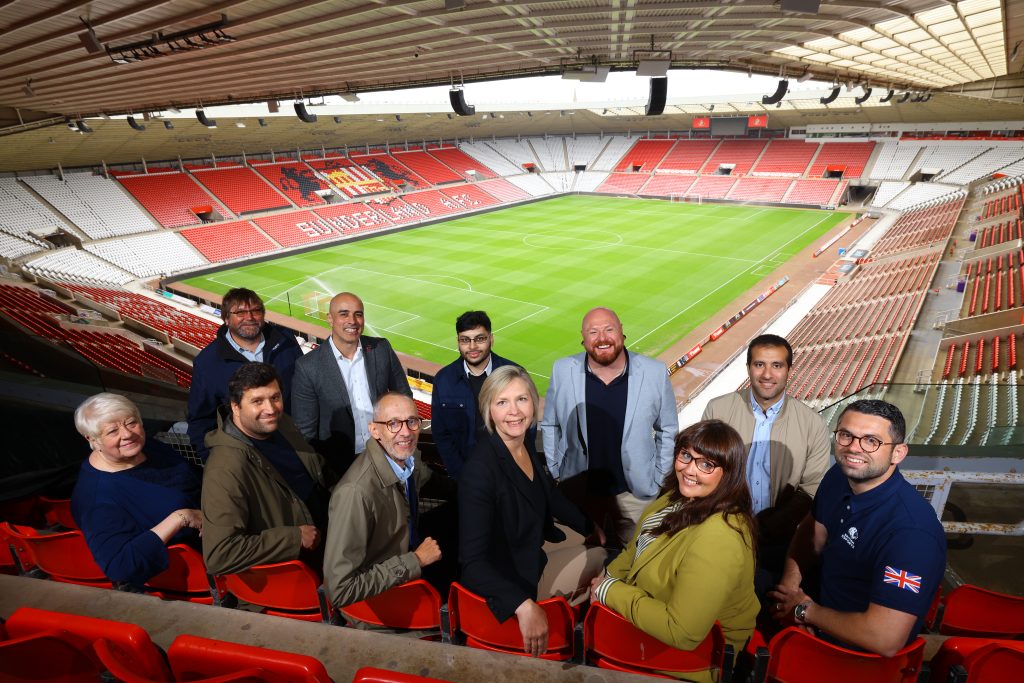
photo credit: City of Sunderland
Sunderland has made significant progress in deploying 5G. Tell us how this infrastructure is transforming public services or local businesses?
Through our partnership with Boldyn Networks, Sunderland is one of the first UK cities to deploy a neutral host 5G infrastructure at city centre scale and beyond. This foundational investment is already delivering real transformation across public services and local business environments.
Thanks to significant government funding from the Department for Science, Innovation and Technology (DSIT) and Innovate UK, we are leading a number of projects that are shaping the North East’s digital landscape and leveraging the power of 5G. Examples include our Connected Intelligent Transport Systems (CITS) which are improving road transport efficiency within cities and between strategically vital industrial locations (such as Nissan and the Port of Tyne). Another project is right in the heart of Sunderland city centre, at the EXPO Pavilion on Keel Square where 5G-enabled event production and 360º Live Broadcasting is showcasing the strength of the region’s creative industries with one of the UK’s largest immersive screens. Our autonomous shuttle, SAMS is enabled via 5G and a connected intelligent transport corridor so the shuttle can better respond to its built environment.
The combination of advanced infrastructure and cloud capabilities, supported through our collaboration with Microsoft, means that data from projects such as these can be processed, analysed and used to optimise services in real time.
What are some examples of how connected infrastructure is improving the quality of life for citizens?
One example is our Digital Health Hubs, which operate across community venues including libraries and family centres. These hubs help residents develop digital skills, access online resources and build confidence in everyday technology – all supported by our citywide fibre and LoRaWAN infrastructure.
Another example is the YALP SUTU interactive wall at Thompson Park, and Sona Arch at Seaburn Park, where we are combining smart play with inclusive design. Free public Wi-Fi, enabled through our partnership with Boldyn Networks, connects children and families to digital experiences in parks and public spaces, making the city more accessible and engaging.
And we’re just getting started. Our connectivity is allowing us to plan data-informed infrastructure upgrades and build a truly responsive city, where public services flex to meet local needs.
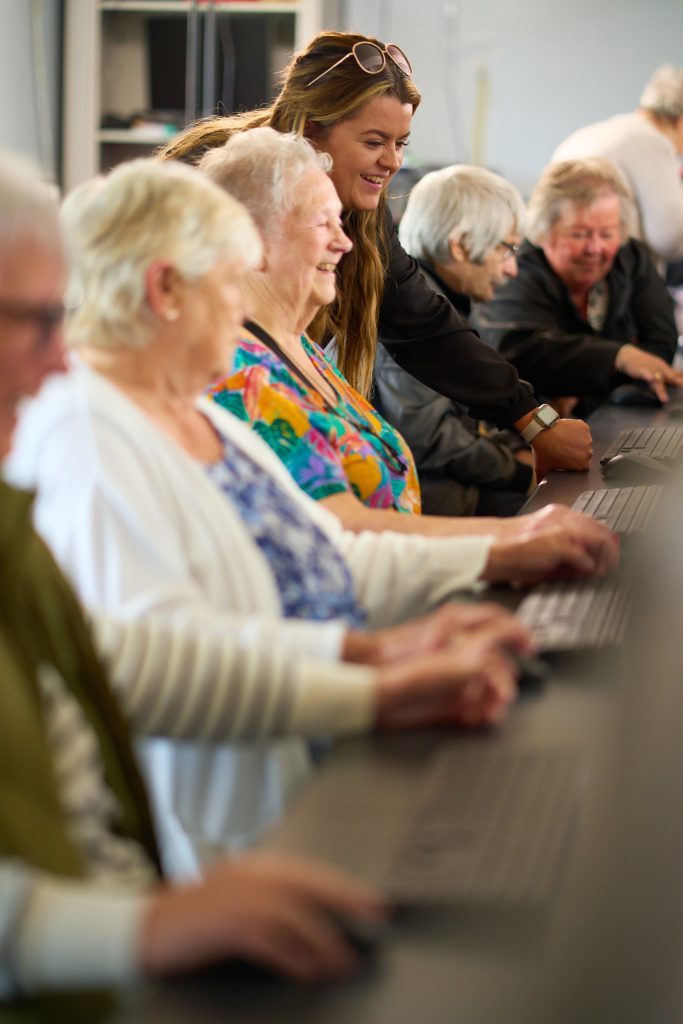
photo credit: City of Sunderland
How do you ensure that Sunderland’s smart city initiatives are inclusive and accessible to all residents, especially vulnerable groups?
Inclusion is built into the DNA of Sunderland’s smart city strategy. We design WITH, not FOR, communities, ensuring that every new initiative is accessible, affordable and relevant. This means working in partnership with housing providers, healthcare organisations, charities and digital champions to co-create services and tackle digital poverty.
For example, assistive technology is now deployed in over 6,300 homes, empowering residents to live safely and independently for longer.
We also leverage the strength of our global partners, Microsoft, for example, brings invaluable insight and tools around digital accessibility and inclusive AI. This enables us to embed inclusivity from the ground up, not as an afterthought but as a core design principle.
What role do citizens play in shaping or co-creating smart city projects? Can you share any tools or platforms you’ve used to gather feedback or engage with the public?
We regularly use a combination of community workshops, user testing sessions, public forums and digital surveys to involve residents in shaping services. Many of our most successful initiatives – like Digital Health Hubs and The Sunderland App – came directly from community feedback.
Our web-site; www.sunderlandoursmartcity.com is an engaging platform, full of information about our networks and digital solutions, featuring open data and welcoming contact from anyone interested in getting involved with our smart city journey.
This engagement is vital in ensuring trust in how we use technology and data. We take a transparent approach to explain what data is collected, how it’s used and how it benefits people. Our collaboration with Microsoft helps us ensure that data governance and ethical standards are robust, inclusive and future-proofed.
How is Sunderland supporting startups, tech SMEs, or universities in your smart city ecosystem?
We work closely with the University of Sunderland, innovation partnerships such as Sunderland Software City and SMEs to build a collaborative innovation ecosystem. Our citywide network – enabled through Boldyn Networks – creates a powerful testbed for new technologies in real-world settings.
We actively invite local SMEs to contribute to live pilot projects, such as environmental monitoring, connected care systems and autonomous vehicle trials. In parallel, our strategic collaboration with Microsoft is opening up opportunities for local innovators to access global technology stacks, developer tools and support frameworks.
Together, these connections empower local enterprise and create new routes to commercialisation, while ensuring innovation aligns with resident needs.
Sunderland has been recognized internationally for its smart city progress. How do you collaborate with other cities in the UK, EU, or globally?
We’re proud to be part of national and international knowledge-sharing networks, including Eurocities, Connected Places Catapult and smart city working groups. These collaborations allow us to both contribute and learn, sharing real-world experiences and exchanging ideas with peers across Europe and beyond.
Our global partnerships also attract interest from other cities. Microsoft and Boldyn Networks often cite Sunderland as a model of what’s possible when technology, ambition and inclusive leadership come together, and we are more than happy to share our insights and learn from others.
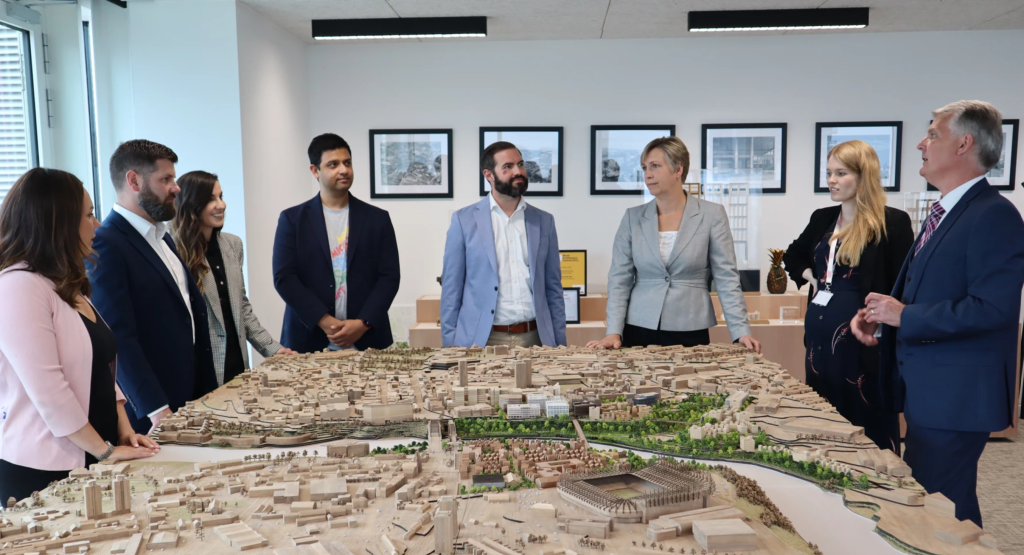
photo credit: City of Sunderland
What would be your message to other European mayors looking to build smarter, more inclusive cities?
Start by asking: What matters most to our city and our people? Let that answer guide your smart city strategy. Then look for strategic partners that share your values and are committed to inclusion and place-based growth, not just technology deployment.
Smart cities are about using technologies to solve real problems: housing, health, safety, education. If you focus on people and seek partners who want to invest in impact, you’ll be on the right track.
What are the next major milestones or projects Sunderland is working on in the smart city space?
We’re moving at pace, with several exciting milestones ahead:
- Continued expansion of our Digital Health Hubs and Digital Inclusion initiatives, ensuring every resident has access to digital support in their local community.
- Continuing development of The Sunderland App, integrating immersive features to provide engaging experiences and enhance all-round accessibility.
- Leading the growth of 5G use cases in healthcare, education and energy
- Further enhancing our data platform to explore AI enabled features, predictive modelling and advanced urban analytics for more responsive city planning
- Leading the continued deployment of connected autonomous mobility for Sunderland and wider North East Region.
These projects show how we’re using Sunderland’s advanced connectivity to unlock value in every sector of civic life.
Fast forward to 2030. How do you see the city of Sunderland?
By 2030, Sunderland will be a globally recognised smart city, defined not just by its infrastructure, but by the fairness and foresight with which it has been built.
We’ll have a low-carbon, data-informed, inclusive city where residents are empowered by digital skills, services are seamless and innovation is part of everyday life. And we’ll continue to lead, not only in technology but in demonstrating what’s possible when smart cities are shaped by people, purpose and partnership.
We often say we are “small enough to be agile, but big enough to matter”, and with the support of partners like Microsoft and Boldyn Networks, we’re showing how Sunderland is punching well above its weight on the world stage.

photo credit: City of Sunderland

